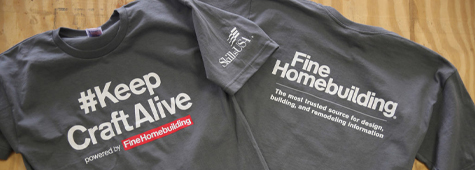To fully grasp how unique Boral’s customer service department is, one need only look at two numbers: a 95% call-answer rate and a 0% turnover rate.
“We take a proactive approach in our call center, and that has afforded us a very high service level,” notes Tim Barber, Boral’s director of customer service. Most call centers average around 80% of calls answered in 20 seconds or less; Boral’s average at that rate is 95%. “If you call, we pretty much answer immediately. We know that busy contractors need answers fast and that jobs can be held up if we don’t meet that need.”
But while phone calls are the primary form of communications, the omnichannel department responds just as efficiently to requests made via email, fax, EDI, and pretty much any other form of communication with a hands-on strategy Barber calls a “concierge approach.”
“We really hope to cultivate an experience that keeps customers coming back to our family of brands,” Barber says. “We want to make sure we’re ending the call having solved the customer’s problem and having used their time effectively.”

The employees’ dedication shows in the department’s high tenure rate, including 0% negative attrition (firings or voluntary company departures) for the past two years, a significant feat considering the typical rate for call centers is 30% to 40%.
The department fields as many as 800 to 1,000 calls a day, taking orders, addressing warranty concerns, providing tech support, and responding to any number of other topics. Staff numbers ramp up during busier months from April to October, and the full team is engaged with onboarding new employees.
“We’ve been fortunate to have a fabulous staff that comes to work every day with their A game,” Barber says. “We’re building our culture around customer service. Our culture is important—you can’t have success without good culture and good leadership, with people feeling like they can contribute. They come in and do the best they can for customers. We empower them and provide an atmosphere that’s supportive.”
Have a question? Contact Boral’s stellar customer service team by calling (888) 926-7259 or submitting a contact form.









